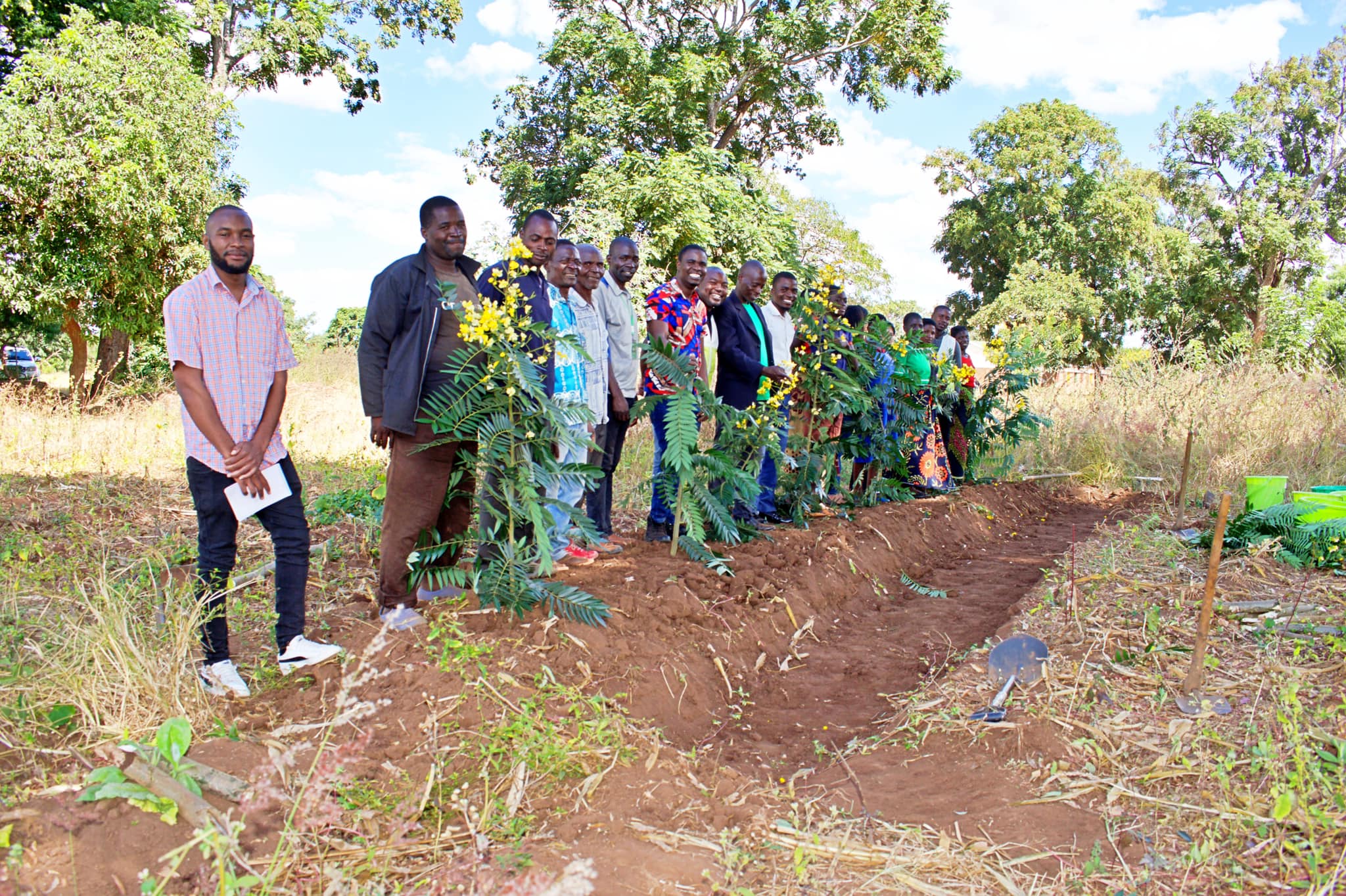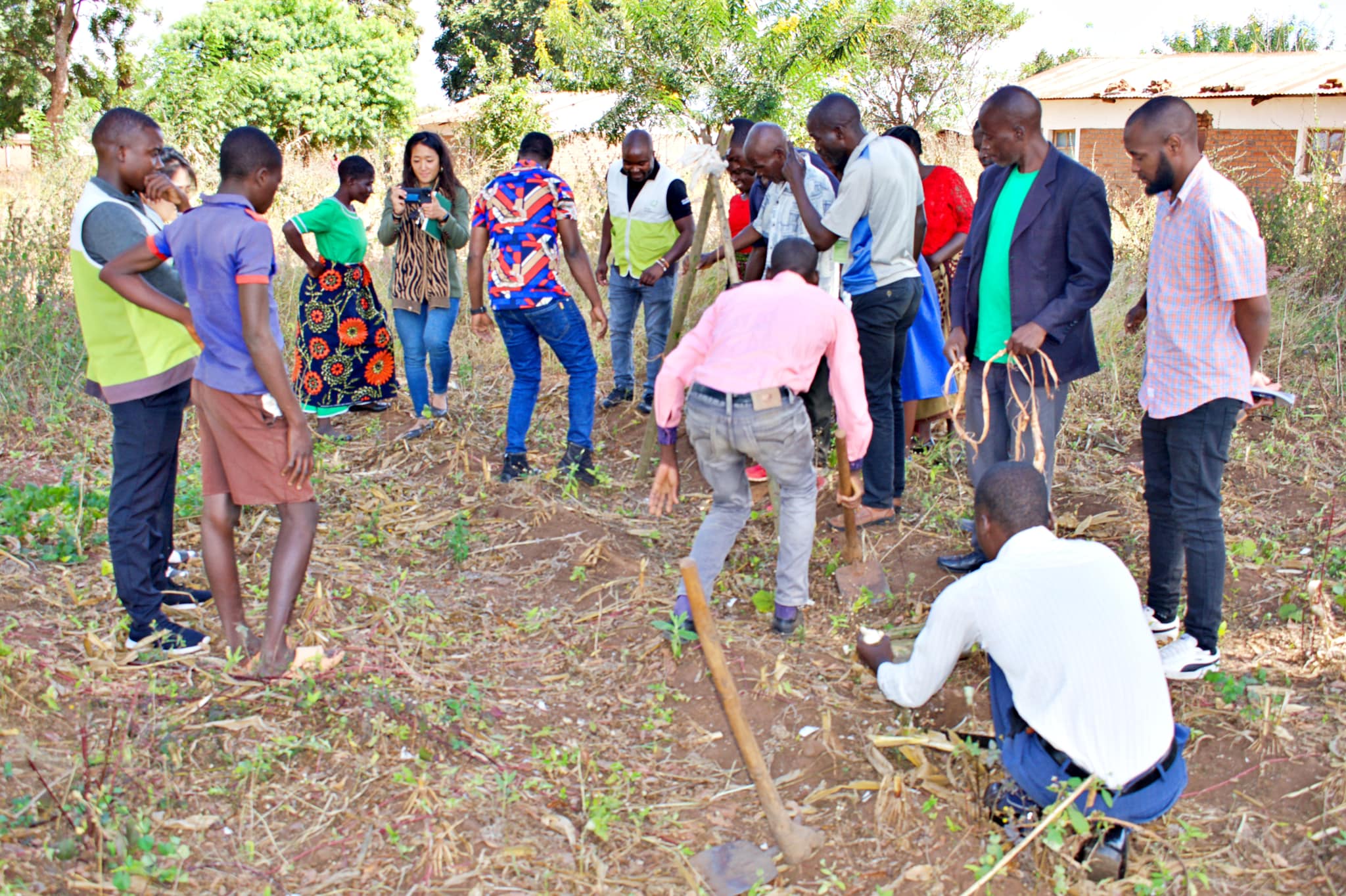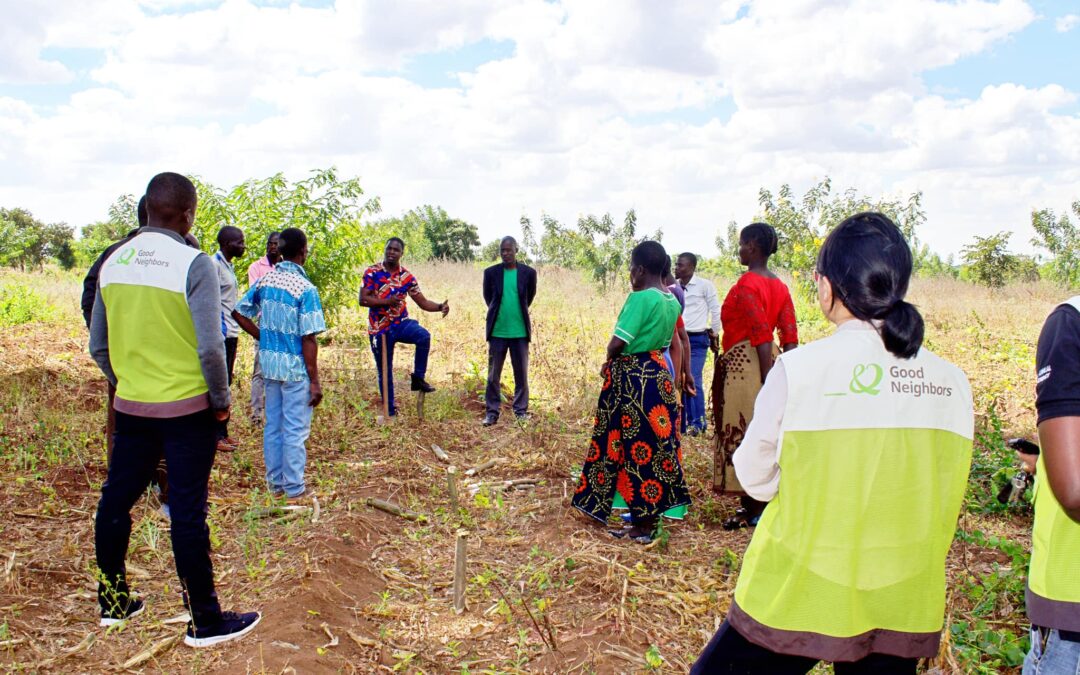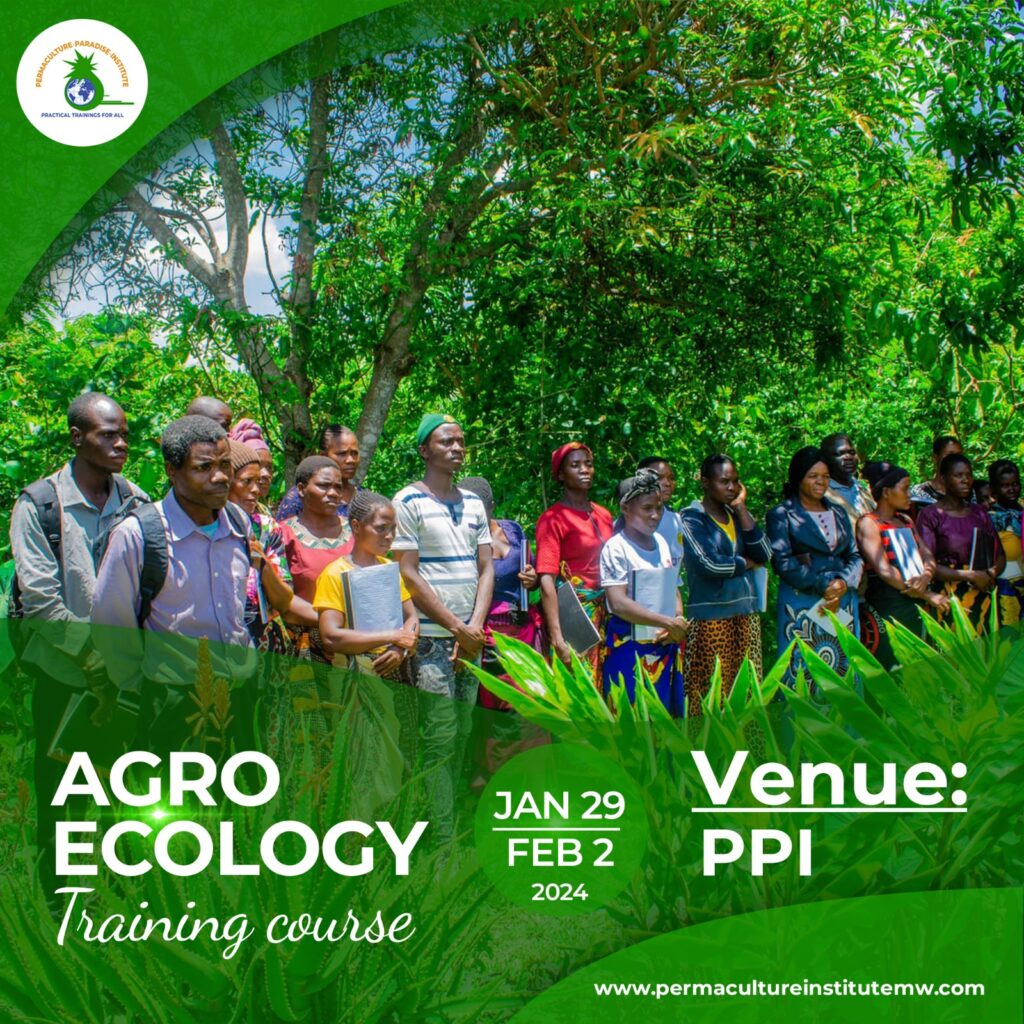As the morning sun cast its warm glow over Katsumwa Primary School, participants gathered with renewed energy and enthusiasm for the fourth day of the Permaculture training course. Sponsored by Good Neighbors, today’s focus was all about putting knowledge into action through a series of hands-on practical activities. With the foundation of permaculture principles firmly laid in the previous sessions, it was time to dive into the real-world application of these concepts.
The atmosphere was electric as participants arrived, ready to roll up their sleeves and engage directly with the land. The excitement was palpable; after days of learning about the theories and designs behind permaculture, the community was eager to implement what they had learned. Today was dedicated to transforming ideas into tangible actions that would benefit their environment and daily lives.
The day’s activities kicked off with a comprehensive overview of the practical tasks ahead. Trainers guided the participants through the plans, highlighting how each task aligned with permaculture principles and contributed to creating a sustainable ecosystem. The focus was on building structures and systems that would enhance soil fertility, conserve water, and promote biodiversity. This hands-on approach was designed to solidify the participants’ understanding and give them the confidence to replicate these techniques in their own spaces.
One of the day’s main projects was the construction of raised garden beds. Participants learned how to build these beds using locally available materials, integrating compost and mulch layers to enrich the soil. As they worked together, assembling and filling the beds, there was a strong sense of accomplishment and community spirit. The raised beds not only demonstrated an effective method of sustainable farming but also provided a practical solution for managing space and improving soil health in small-scale gardens.

Water management was another key focus of the day’s practicals. Participants engaged in creating rainwater harvesting systems, setting up simple but efficient methods to capture and store rainwater for irrigation. They also dug swales—shallow, water-retaining ditches—designed to slow down and spread water across the landscape, reducing erosion and enhancing soil moisture. These activities underscored the importance of conserving and effectively utilizing water, especially in regions prone to dry spells.

In addition to soil and water projects, the training also included planting a variety of crops and trees. Participants selected species that are well-suited to the local climate and soil conditions, learning about the benefits of diversity in planting. They discussed companion planting and crop rotation, techniques that improve plant health and soil fertility while minimizing pests and diseases. This practical experience reinforced the idea that a well-designed permaculture system can be both productive and ecologically balanced.
Throughout the day, the sense of camaraderie and collective effort was evident. Participants worked side by side, sharing tools, ideas, and laughter. The hands-on nature of the training fostered a deeper connection with the land and with each other, highlighting the power of community in driving sustainable change. The practical skills gained today empowered the participants to take proactive steps towards creating resilient and thriving environments.
As the sun set on the fourth day of training, participants reflected on their achievements with pride. They had transformed their knowledge into concrete actions, building systems and structures that embodied the principles of permaculture. The day’s activities not only enhanced their understanding but also equipped them with practical skills that they could carry forward into their own lives and communities. The support and guidance of Good Neighbors continued to be a driving force, inspiring and enabling these transformative efforts.
The journey at Katsumwa Primary School continues to unfold with each passing day. With every practical activity, the community moves closer to a future where sustainable living is not just an idea but a reality. Stay tuned as we follow the progress of this remarkable initiative. Together, we are building a future where communities and ecosystems can flourish in harmony.



